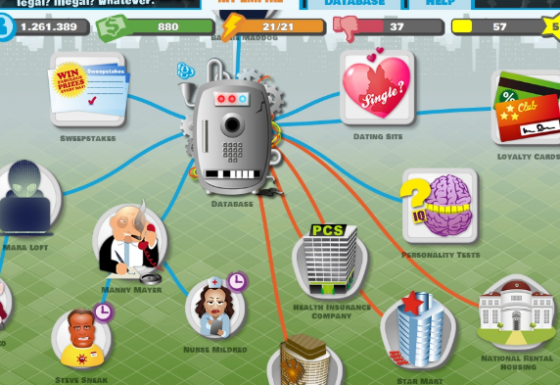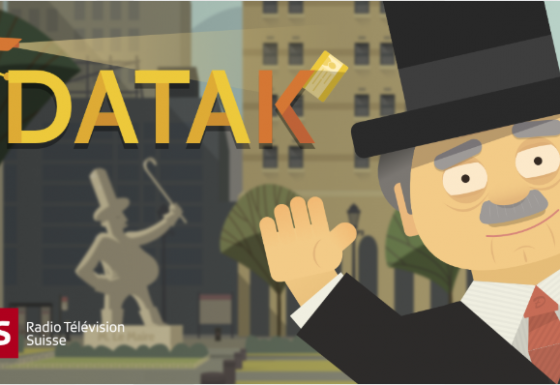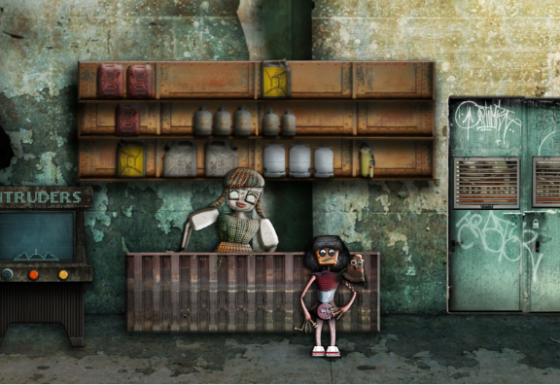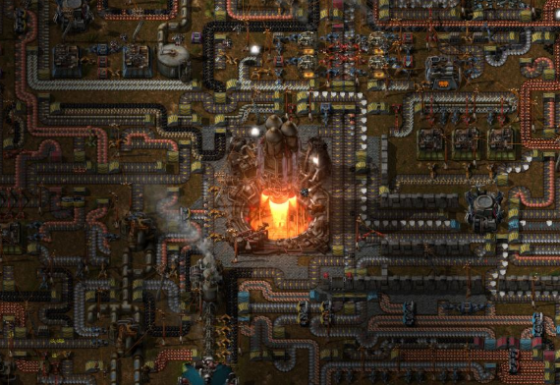The Issue:
As automation continues to become more commonplace in our society, we must confront the very high likelihood that life as we know it today will be very different in the year 2050. Artificial Intelligence (AI) is expected to revolutionize how we all live, work and play. Experts predict that the highest-earning professions in the year 2050 will depend on automation, digital technology and machines that have not yet been invented. From driverless cars to robo-taxis, hyperloops and jetpacks, computational design and connected appliances, many believe that automation is the key to a better future. As we prepare to invent the tools of the future today, we need to think creatively about how we want those tools to best serve our needs. At the same time, we must consider how much we leverage technology in balance with keeping humans actively working. With jobs being very important to people’s livelihood, it will be critical to ensure that technology does not completely eliminate the need for a human workforce. Assuming that a careful balance is struck between AI and human workers in 2050, we challenge you to consider how AI and automation can improve our lives and communities.
The Game Design Prompt:
How can AI and automation create more efficient, safe, equitable and sustainable communities in the year 2050? Think about how technology can improve mobility, health outcomes, safety, education, buildings, public spaces and access to resources in your own community. Identify an issue in your community that you feel can be solved by automation, and using the Automated Communities 2050 theme, create a game that helps people understand and resolve this issue by incorporating automated solutions. Think outside of the box and consider the technology of today in ways that you maybe haven’t before. Use your imagination to rethink how cars work, how buildings operate, or what your job will be in 2050.






